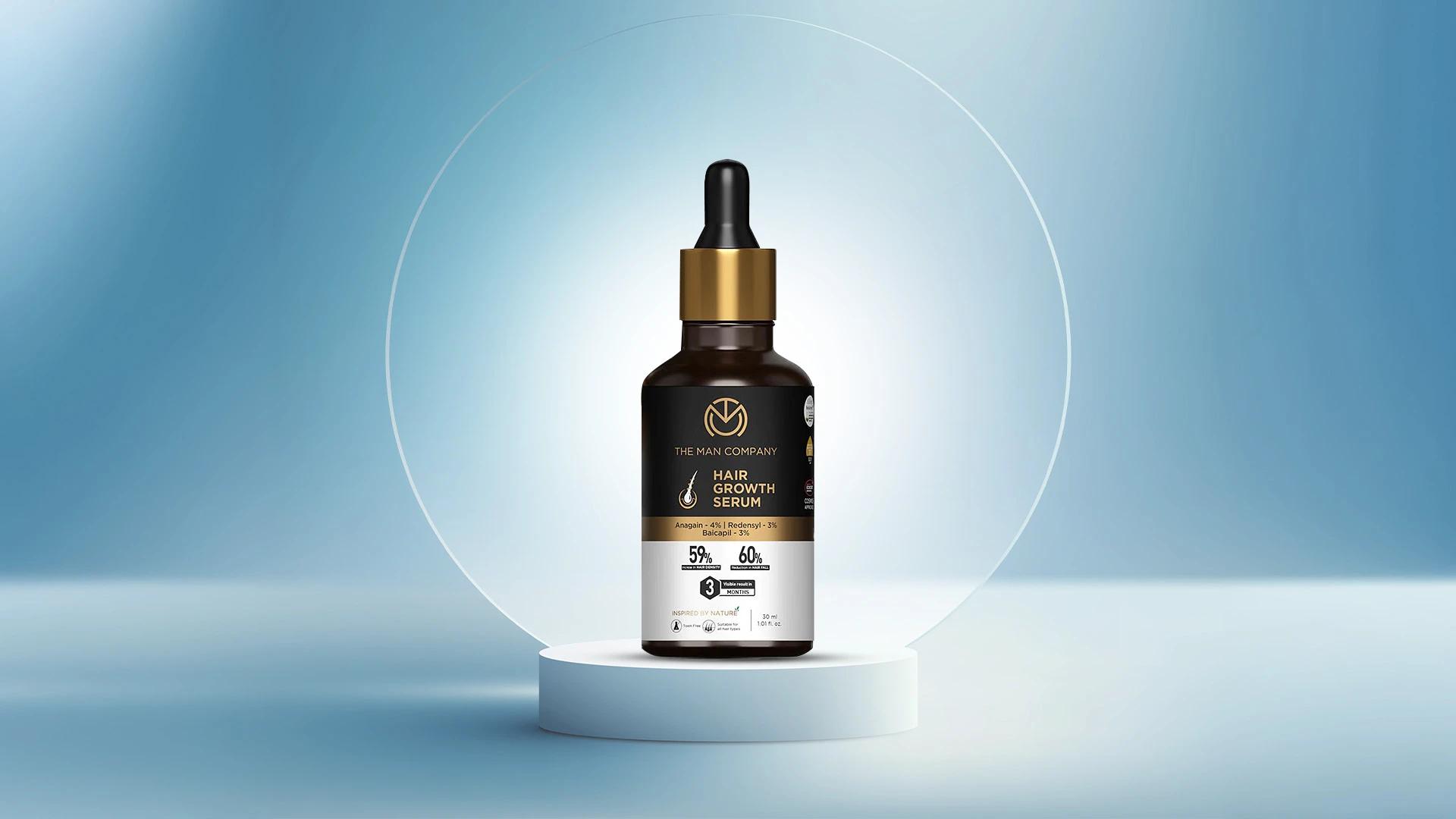Real talk, we've all been there—staring at the mirror, wondering why our hair seems stuck in some weird growth limbo. Your hair journey doesn't have to be this mysterious puzzle anymore. This comprehensive haircare routine for hair growth breaks down everything into seven actionable steps that actually work. Whether you're dealing with slow growth, breakage, or just want to maximise what nature gave you, this checklist combines science-backed methods with natural hair growth remedies that your locks will thank you for.
Understanding the Basics of Hair Growth
Let's start with the science bit, but keep it simple. Your hair goes through three phases: growing, resting, and shedding. The growing phase is where the magic happens, and it can last anywhere from two to six years. Factors like genetics, nutrition, stress levels, and your overall lifestyle all play a part in how well this process works.
The key is taking a holistic approach. You can't just focus on one thing and expect miracles. Your hair is basically a reflection of your overall health, so treating it from multiple angles gives you the best shot at success.
Step 1: Nourish from Within - The Foundation of Hair Health
Here's something worth knowing: your hair is essentially made of protein, so what you eat directly impacts its strength and growth rate. Think of your follicles as tiny factories that need proper fuel to do their job. Without the right nutrients, even the best external treatments won't give you the results you're after.
Protein-rich Diet for Hair Growth
Your hair craves protein, and these foods deliver:
• Eggs (complete protein plus biotin)
• Fish like salmon and mackerel
• Lentils and beans
• Greek yoghurt
• Nuts and seeds
Aim for a palm-sized portion of protein at each meal. Your hair structure depends on it, and consistent intake helps maintain steady growth.
Essential Vitamins for Healthy Hair
Biotin supplements get all the attention, but your hair needs a whole team of vitamins for healthy hair:
• **Biotin**: Found in eggs and avocados
• **Iron**: Spinach, red meat, and legumes
• **Vitamin D**: Fatty fish and fortified foods
• **Zinc**: Pumpkin seeds and chickpeas
Consider supplements if your diet lacks variety, but whole foods are always your best bet.
Step 2: Cleanse and Exfoliate - Preparing the Scalp for Growth
Your scalp is like soil for your hair garden. If it's clogged with product buildup, dead skin cells, and excess oil, your hair can't grow properly. A clean, healthy scalp creates the perfect environment for new growth and helps existing hair stay strong.
Choosing the Right Shampoo
Look for shampoos that clean without stripping:
• Sulphate-free formulas for gentle cleansing
• Ingredients like salicylic acid for oily scalps
• Avoid parabens and harsh chemicals
Wash 2-3 times per week unless you have very oily hair.


 100 ml
100 ml 300 ml
300 ml 180 ml
180 ml 230 ml
230 ml